Update on Thursday, June 5, 2005: Supreme Court sides with straight woman in so-called 'reverse discrimination' case
The U.S. Supreme Court heard oral arguments Wednesday in Ames v. Ohio Department of Youth Services, a case that could redefine how discrimination claims are handled under Title VII of the Civil Rights Act. At issue is whether so-called majority-group plaintiffs—such as heterosexual employees alleging discrimination based on sexual orientation or white employees claiming they were discriminated against because of their race—must meet a higher evidentiary standard than other plaintiffs in discrimination cases.
Keep up with the latest in LGBTQ+ news and politics. Sign up for The Advocate's email newsletter.
The case, brought by Marlean Ames, a former Ohio Department of Youth Services (the state’s juvenile justice department) employee, challenges a rule the Sixth Circuit Court of Appeals applies, requiring majority-group plaintiffs to demonstrate additional “background circumstances” to establish a discrimination claim. Ames, who is heterosexual, alleges that she was denied a promotion and later removed from her position while less qualified queer employees were given the roles she sought. Her case was dismissed under the Sixth Circuit’s heightened standard.
Related: A straight white woman brought a discrimination case to the Supreme Court. Here’s what that could mean
During Wednesday’s arguments, liberal and conservative justices questioned whether Title VII—which prohibits employment discrimination on the basis of race, sex, and other protected characteristics—allows for different standards based on an employee’s identity.
1. The Court seems skeptical of a higher burden for majority-group plaintiffs
Several justices appeared unconvinced that Title VII supports the Sixth Circuit’s requirement for “background circumstances” in cases where a plaintiff is not a member of a historically marginalized group. Justice Elena Kagan zeroed in on this, pointing out that the Sixth Circuit explicitly said that if Ames had been gay, she would not have needed to meet the additional requirement.
“Because Ames is heterosexual, she must make a showing in addition to the usual ones for establishing a prima facie case,” Kagan read from the ruling, emphasizing that the opinion itself makes clear that different rules are being applied.
T. Elliot Gaiser, Ohio’s solicitor general, replied, “We can’t retreat from what the court here said, but we think the best way to construe the language is consistent…”
Kagan cut him off, “Well, the best way to construe the language is, like as the language says,” she said, eliciting laughter from the bench and the gallery.
Gaiser said he agreed that “the court said what it said,” prompting Justice Brett Kavanaugh to chime in. “You agree that those passages are wrong,” he asked. Gaiser replied that he wasn’t defending the exact language of the court.
2. What is a prima facie case, and why does it matter?
A prima facie case is the first step in proving employment discrimination. Under the McDonnell Douglas framework, a plaintiff must show they belong to a protected class, were qualified for the job, suffered an adverse employment action, and occurred under circumstances suggesting discrimination. If these criteria are met, the burden shifts to the employer to provide a non-discriminatory reason for their decision.
Ohio’s argument hinged on the idea that Ames failed to establish a prima facie case because there was no clear evidence that her sexual orientation was a factor in the employment decisions against her. However, her attorney, Xiao Wang, argued that the additional requirement imposed by the Sixth Circuit is inconsistent with Title VII. “This Court has said that Title VII aims to eradicate all discrimination in the workplace,” Wang told the justices.
“But the background circumstances rule doesn’t do that,” Wang added. “It doesn’t eradicate discrimination; it instructs courts to practice it by sorting individuals into majority and minority groups based on their race, their sex, or their protected characteristics and applying a categorical evidentiary presumption not in favor of but against the non-moving party based solely on their being in a majority group, however you define it.”
3. The debate over McDonnell Douglas and its role in modern law
The McDonnell Douglas framework, established in McDonnell Douglas Corp. v. Green in 1973, is a legal test courts use in discrimination cases where direct evidence—like an employer outright admitting bias—is unavailable. It works in three steps: first, the employee must show basic facts suggesting discrimination, such as being qualified for a job but not getting it under suspicious circumstances. If they do, the employer must provide a legitimate, non-discriminatory reason for their decision. Finally, the employee has to prove that the employer’s explanation is just a cover-up, or pretext, for discrimination. Justice Neil Gorsuch questioned whether this process, particularly the focus on proving pretext, is still the best way to handle these cases, suggesting that if discrimination played any role in an employment decision, that should be enough to violate Title VII.
“Normally, we would think Title VII would capture any but-for cause,” he said, meaning that if discrimination played any role in the decision, it should be considered a violation.
4. Justice Barrett raises the “floodgates” concern
Justice Amy Coney Barrett asked whether removing the Sixth Circuit’s rule could lead to an influx of cases allowing employees to claim discrimination without solid evidence. “This is just going to throw the door wide open to Title VII suits because now everybody can say, hey, this was discrimination on the basis of race, gender, et cetera?” she asked.
Wang dismissed that concern, noting that more than half of the circuits do not use the background circumstances test, yet they have not seen a surge in litigation. “We don’t see those circuits having some sort of flood of litigation,” Wang said, citing existing safeguards in the legal process that would prevent baseless claims from advancing.
5. The Trump administration sides against Ohio
Ashley Robertson, an attorney representing the U.S. Department of Justice as amicus curiae—Latin for “friend of the court,” referring to a party that is not directly involved in the case but provides information or expertise to assist the Court—supported Ames, arguing that Title VII does not allow for different evidentiary burdens based on a plaintiff’s identity. “Title VII draws no distinctions between plaintiffs based on their race, religion, sex, or other protected characteristic,” Robertson told the justices.
She also pushed back against Ohio’s defense, arguing that the lower court’s decision could block legitimate claims from being heard. “That heightened standard risks screening out cases with merit,” she said.
6. Ohio’s argument: Ames lacked evidence of discrimination
Gaiser argued that Ames failed to present sufficient evidence to support her claims. “She didn’t provide evidence that, to quote Furnco, ‘if otherwise unexplained, raises an inference of discrimination,’” he told the Court.
A key part of Ohio’s argument was that Ames’s sexual orientation was not known to those who made the hiring and firing decisions. If the decision-makers were unaware of her identity as a heterosexual woman, Gaiser argued, then it would be impossible for their actions to have been motivated by discrimination based on that characteristic. “What the evidence here showed was that no one knew Ames’s or [her coworker’s] sexual orientation,” he said.
However, the justices did not let this point go unchallenged. Some questioned whether an employer’s knowledge of an employee’s protected status should be a strict requirement for a discrimination claim. Kagan and Justice Sonia Sotomayor pressed Gaiser on whether requiring proof that decision-makers had explicit knowledge of a characteristic—such as race, sex, or sexual orientation—would create a loophole allowing employers to escape liability simply by ignoring or avoiding information about their employees. They pointed out that workplace bias often operates through implicit assumptions, stereotypes, or coded language rather than overt declarations.
Moreover, Wang argued that discrimination can still occur even when a decision-maker does not consciously acknowledge an employee’s protected characteristic. He pointed out that if an employer consistently favors one group over another, even without explicitly stating the reason, a pattern of biased decision-making could still be inferred
7. What’s next? A potential landmark ruling
The Supreme Court is expected to issue its ruling by June, and its decision could significantly impact employment discrimination law. If the justices rule in Ames’s favor, the case could eliminate the background circumstances rule entirely.
As Wang put it in his closing remarks, “All Ms. Ames is asking for is equal justice under law. Not more justice, not less, but certainly not less because of the color of her skin or because of her sex or because of her religion.”




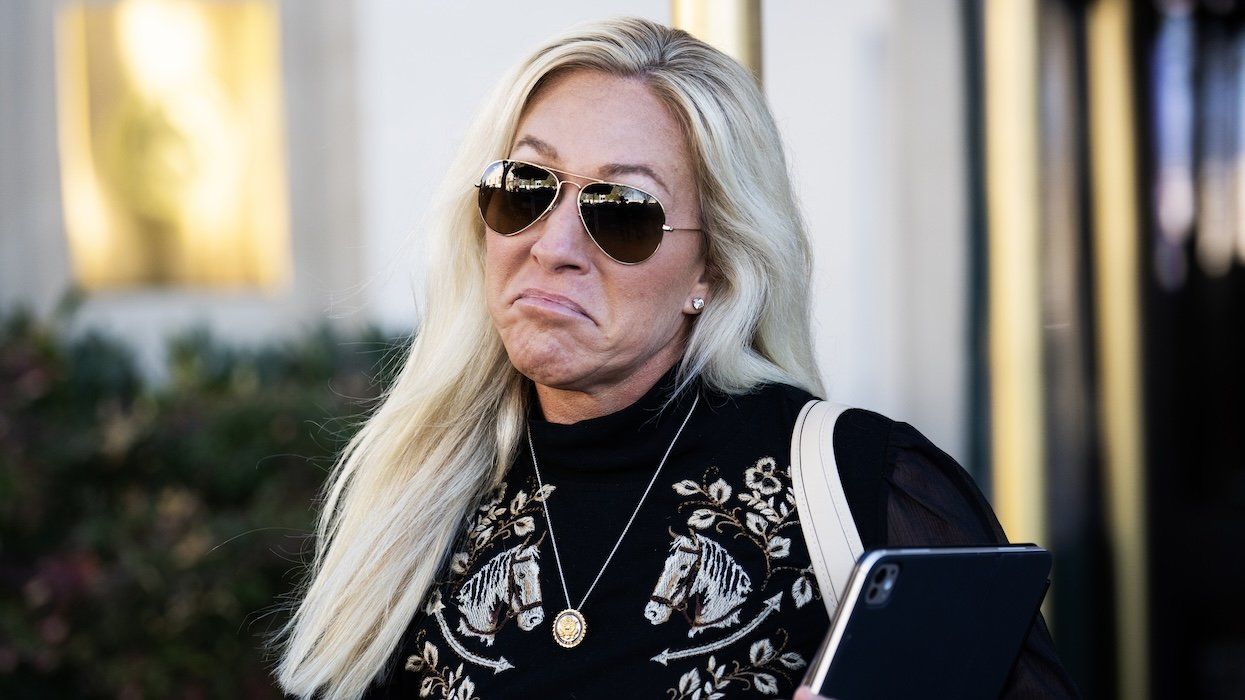




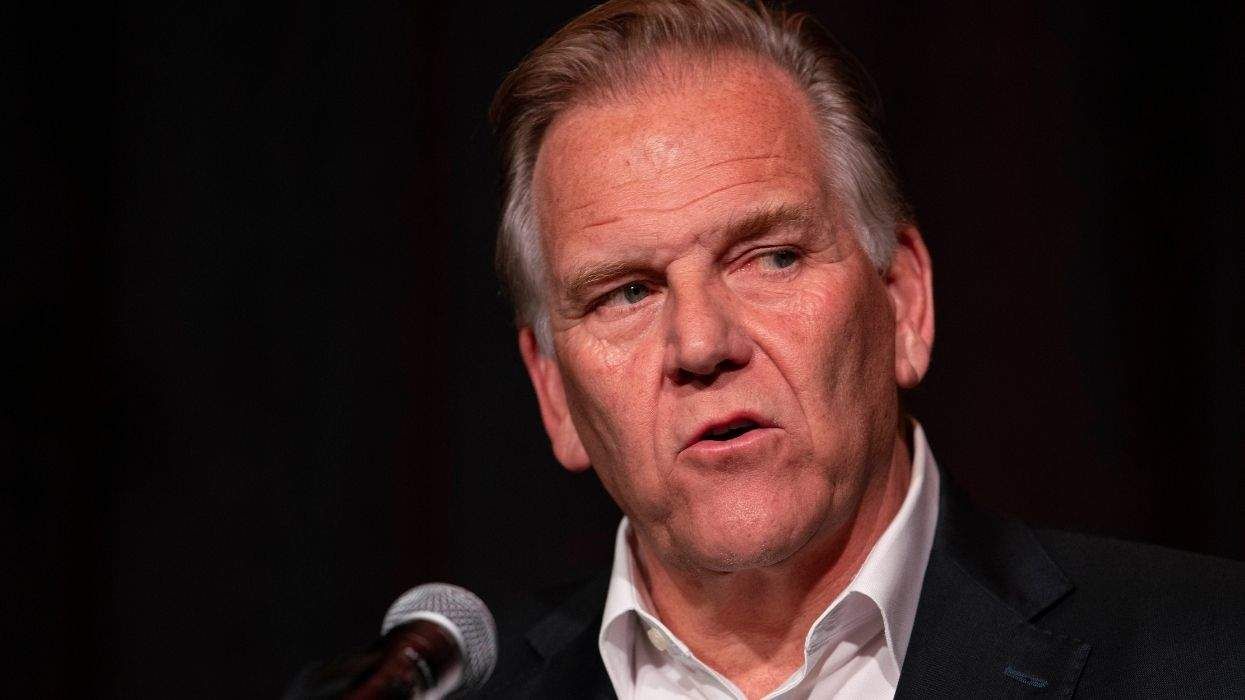
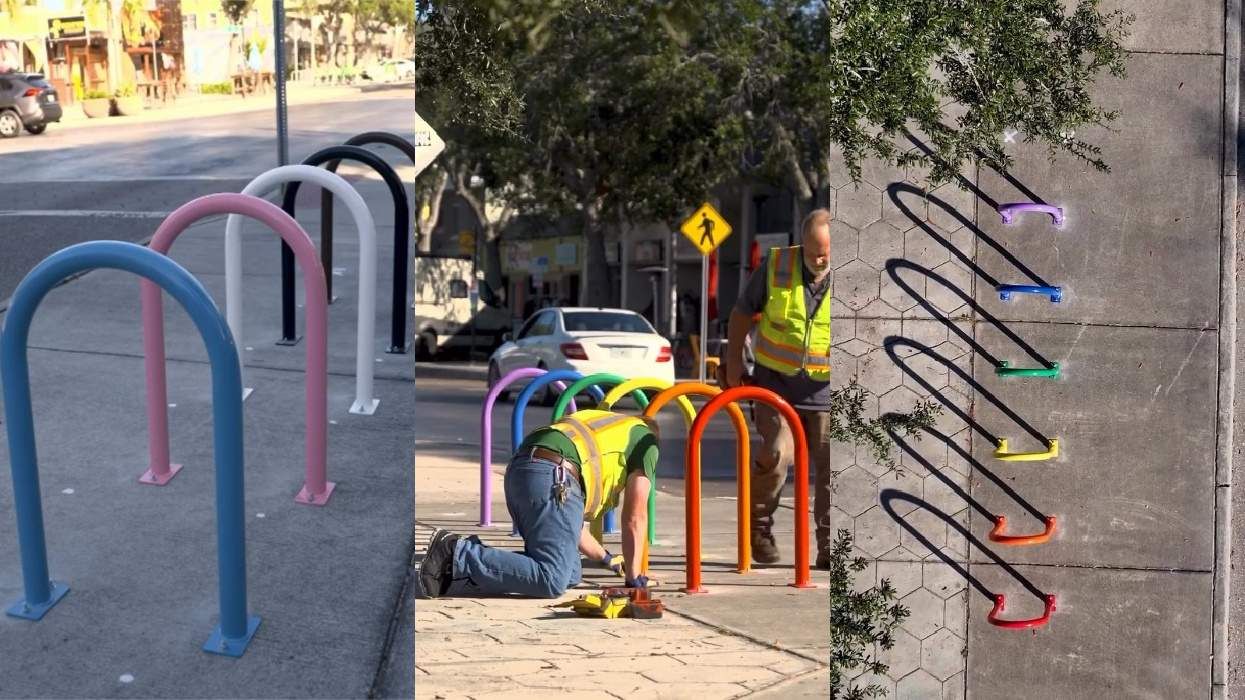
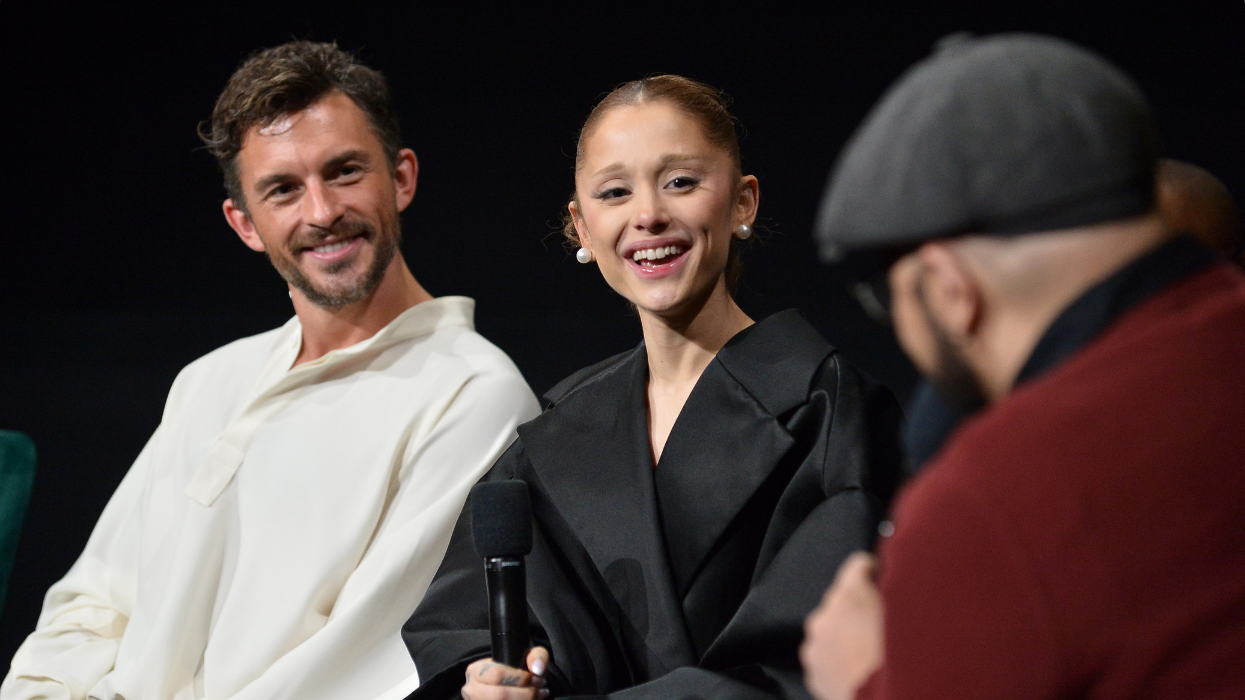

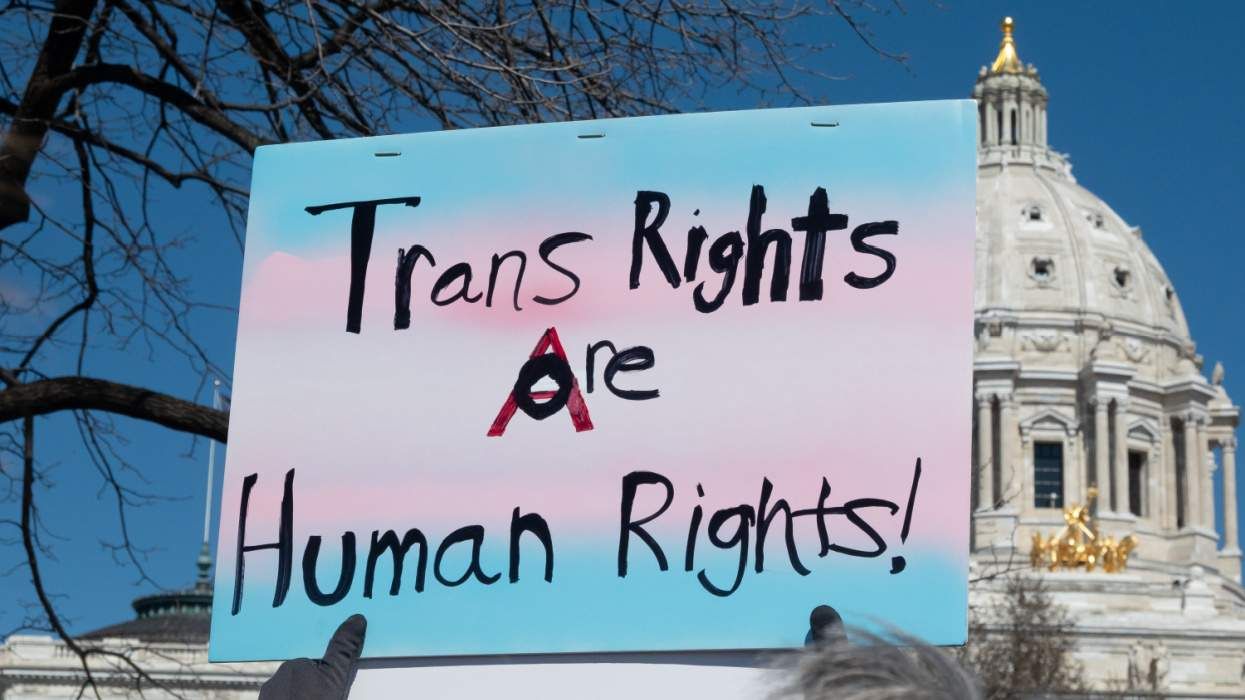

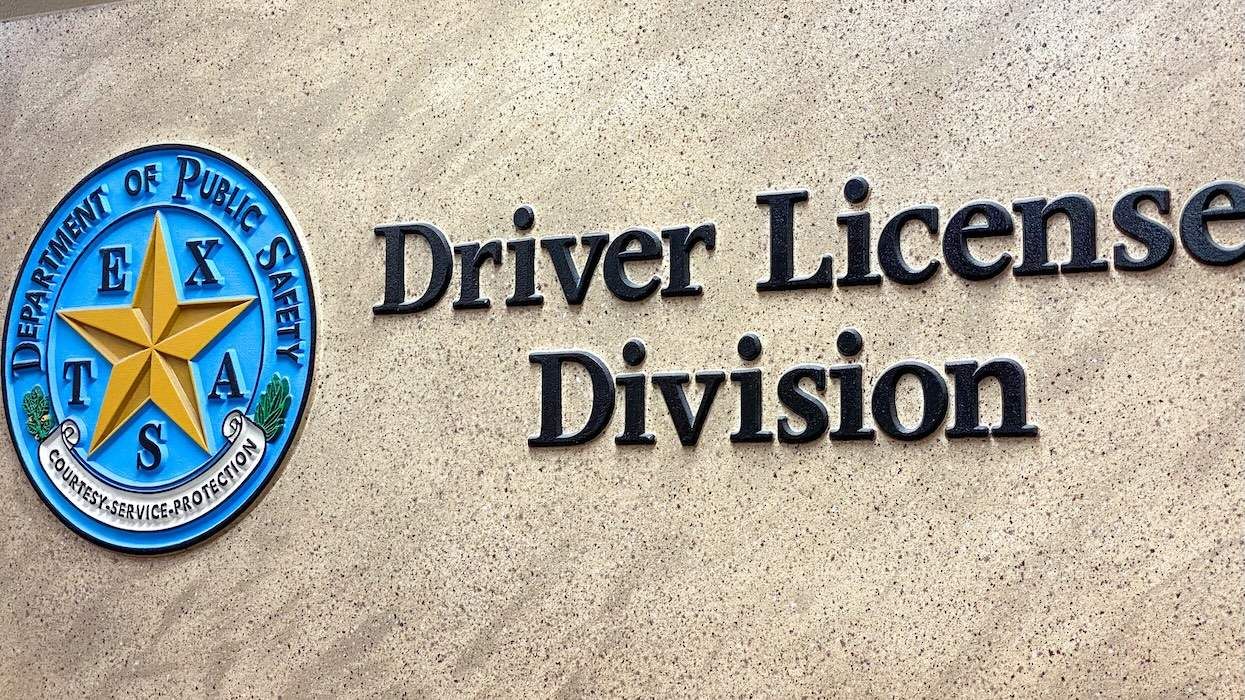
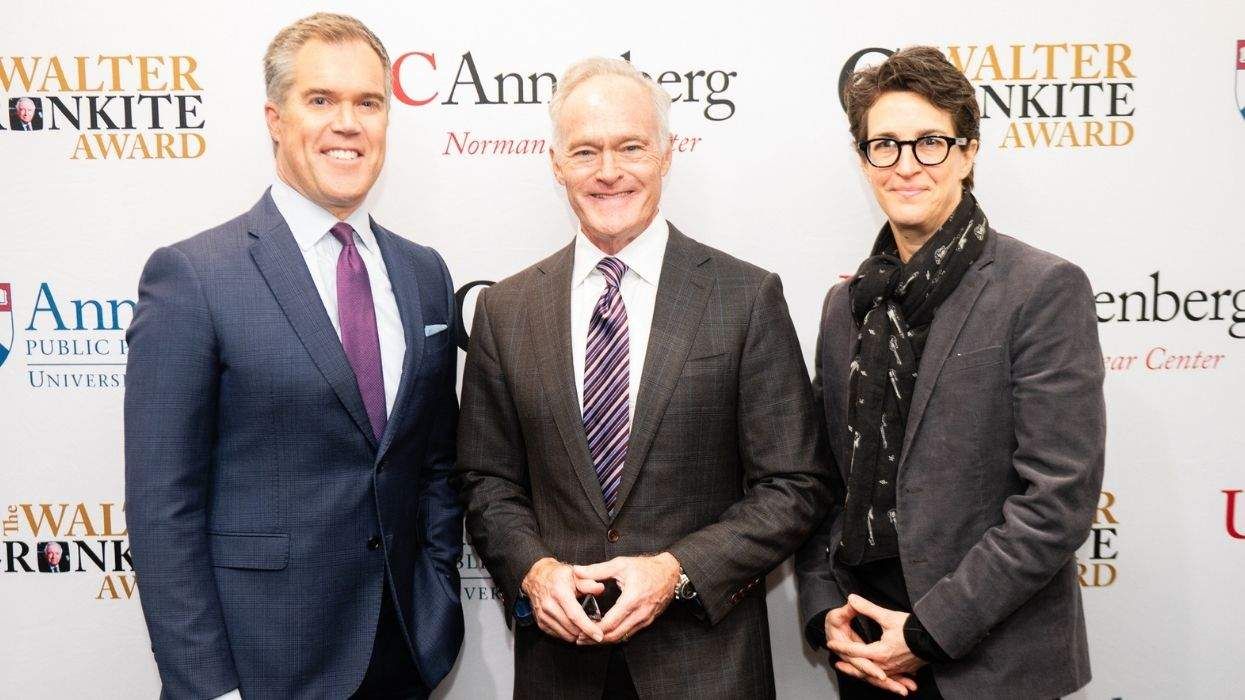

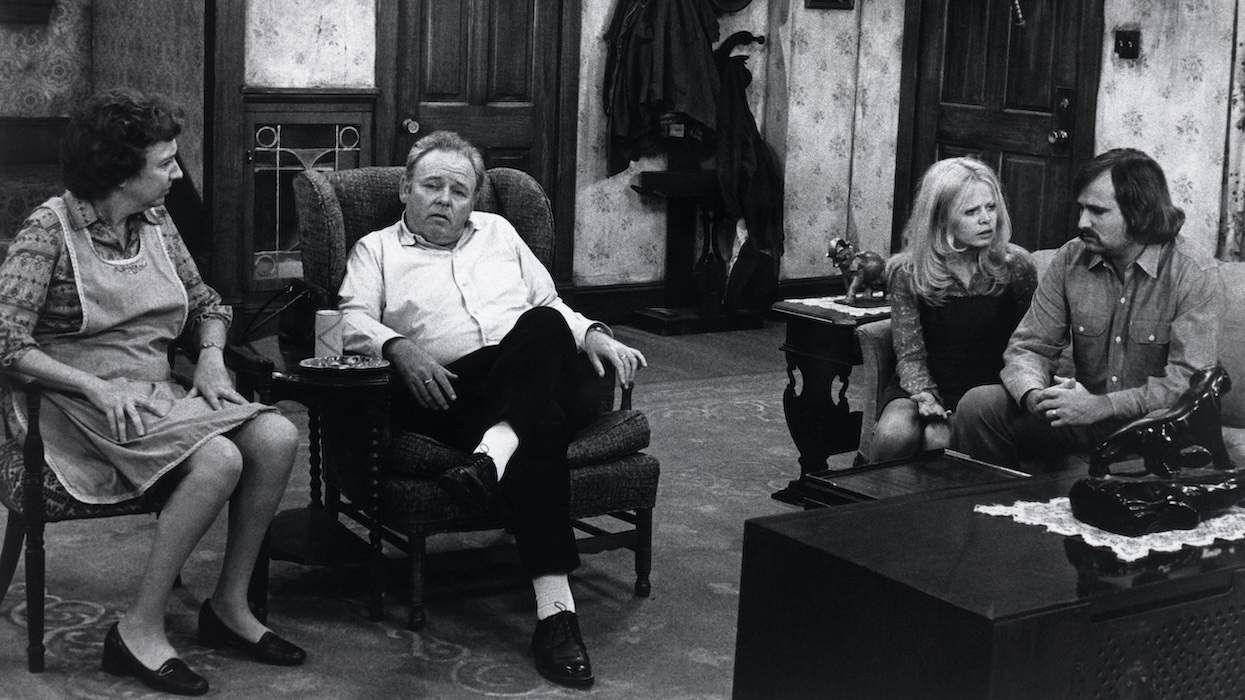
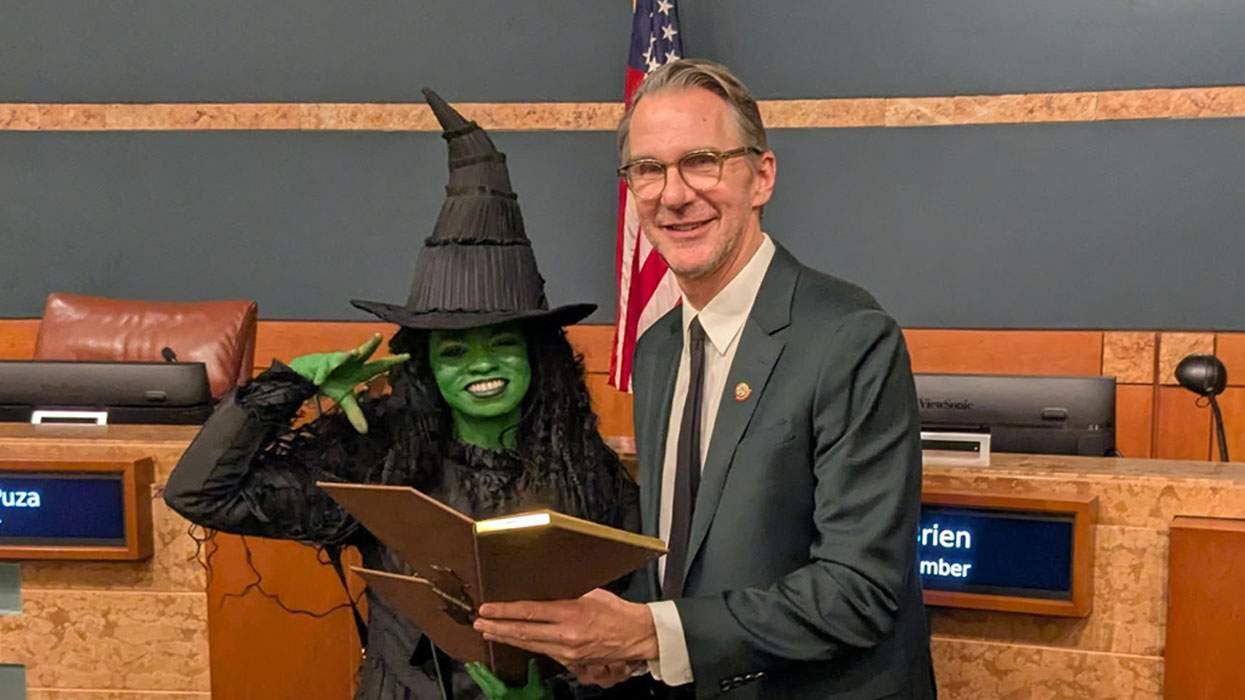
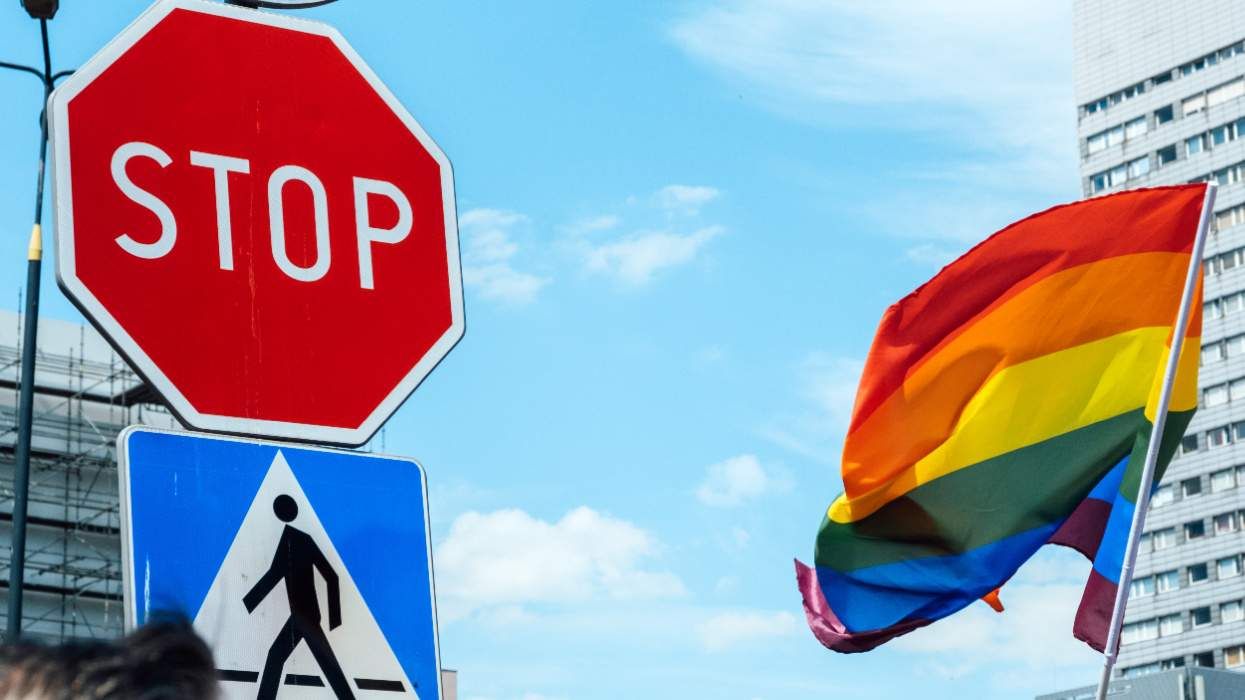

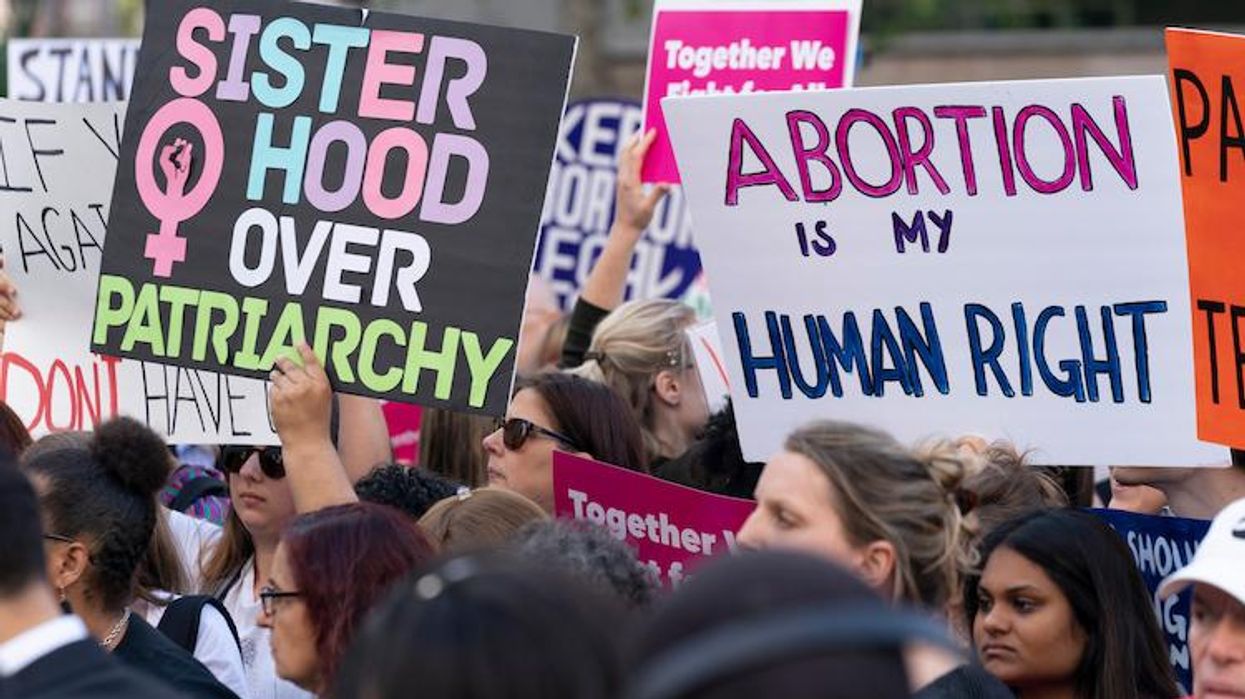


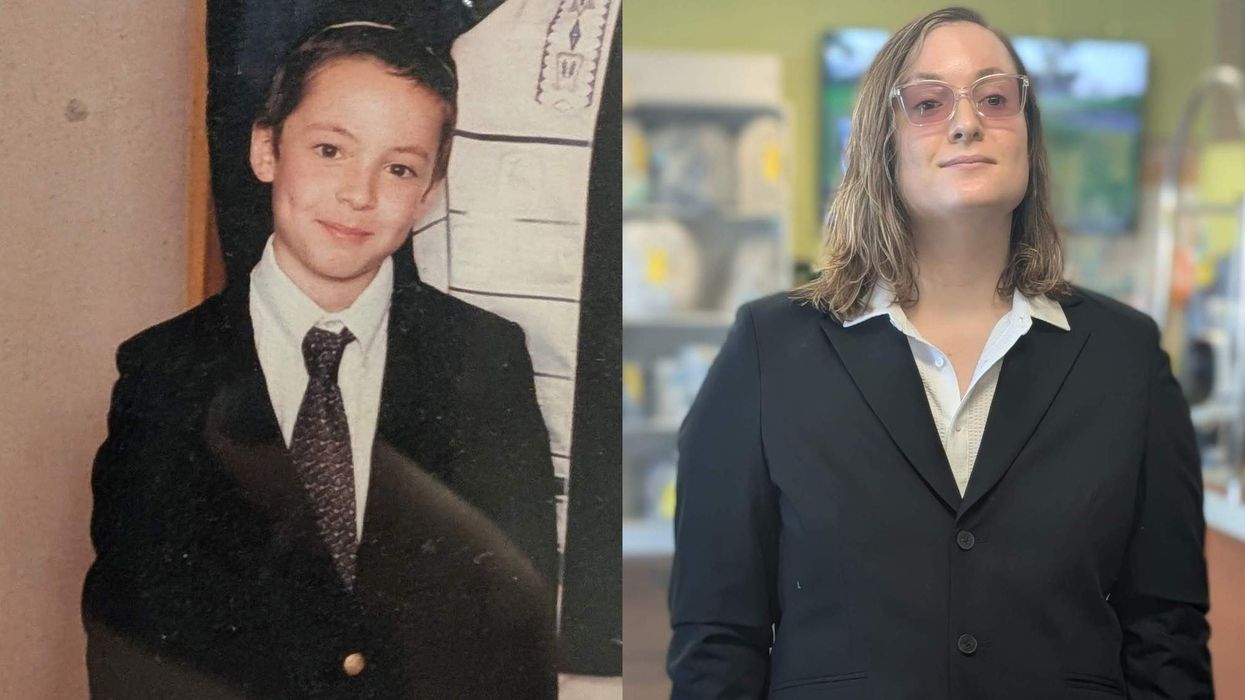




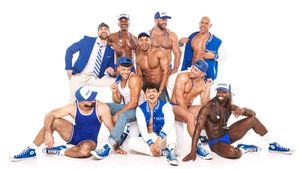
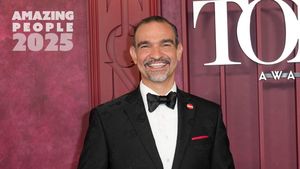









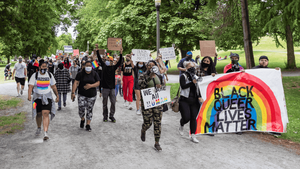




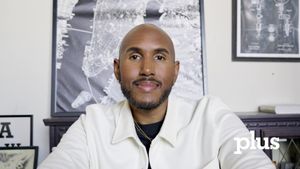






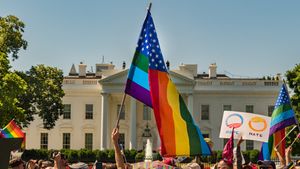















Charlie Kirk DID say stoning gay people was the 'perfect law' — and these other heinous quotes